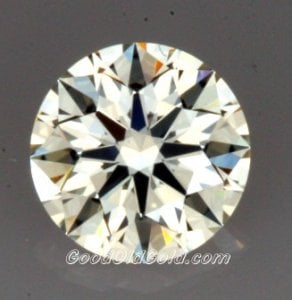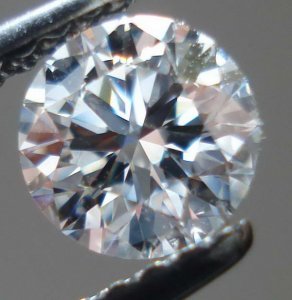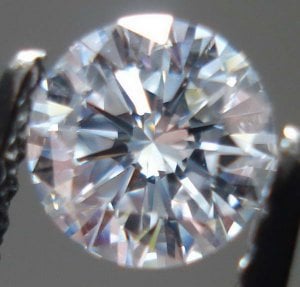strmrdr
Super_Ideal_Rock
- Joined
- Nov 1, 2003
- Messages
- 23,295
Date: 5/19/2009 3:29:04 PM
Author: Rockdiamond
If you had to choose mechanical versus virtual tools, which would you say has had more impact Storm?
BTW- re: the image you posted.
It looks amazing.
Have you seen an actual image look like that?
Both, digital tools have taken it mainstream, and the better tools make it possible.
close but it has more head shadow, I was able to exactly duplicate this view in the real world.










300x240.png)